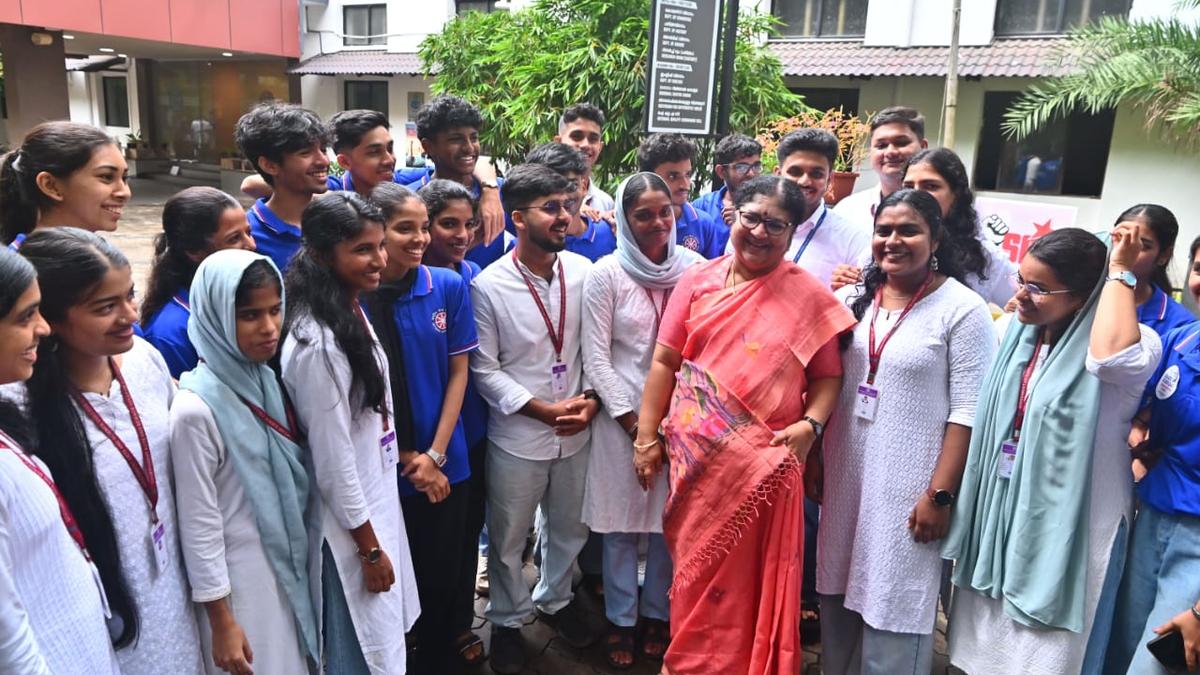The story so far: On June 25, at its Spring/Summer 2026 menswear show in Milan, Italian luxury brand Prada unveiled footwear inspired by India’s Geographical Indication (GI)-tagged Kolhapuri chappals, sparking accusations of ‘cultural misappropriation’.
What is a geographical indication?
It is a form of ‘intellectual property’ that identifies goods as originating from a specific country, region or locality, where their distinctive qualities, characteristics, or reputation are essentially linked to that ‘place of origin’. In India, there are currently 658 registered GI-tagged goods, including Chanderi sarees (Madhya Pradesh), Madhubani painting (Bihar), Pashmina shawls (J&K), Kancheepuram silk (Tamil Nadu), and Darjeeling tea (West Bengal). Importantly, GIs serve as a powerful marketing tool, driving rural development, boosting exports, enhancing consumer confidence, and preserving ‘cultural knowledge’ of local communities, farmers and indigenous groups. Unlike trademarks, which are owned by enterprises, GIs are public property belonging to the producers of the concerned goods and cannot be assigned, transmitted or licenced.
The legal protection of GIs stem from international instruments like the Paris Convention for the Protection of Industrial Property (1883), and later gained a clearer definition under the Trade-Related Aspects of Intellectual Property Rights (TRIPS) Agreement, 1995. India, as a TRIPS signatory, enacted the Geographical Indications of Goods (Registration and Protection) Act, 1999, which came into force in 2003. The Act provides for GI registration, enforcement of rights, prohibition of unauthorised use and penalties for infringement.
How can infringement be tackled?
The registered proprietor or authorised users may initiate infringement action when an unauthorised user misleads the public about the origin of goods, causes unfair competition or passing off, or falsely represents goods as originating from a GI-registered region. However, it is important to note that GI rights are primarily ‘territorial’ and consequently limited to the country (or region) where protection is granted. At present, no automatic ‘world’ or ‘international’ GI right exists. Nevertheless, several mechanisms exist for cross-border protection. GIs can be protected internationally by first securing recognition in the country of origin, as many jurisdictions require this as a precondition and then obtaining protection directly in the jurisdiction concerned.
Is this the first such case?
Indian traditional products have time and again suffered exploitation by global corporations. In 1997, the U.S. Patent and Trademark Office (USPTO) controversially granted a patent to Ricetec Inc., a Texas-based company, for novel “lines and grains” of Basmati rice. After significant Indian legal efforts, the USPTO disallowed the patent holder from using the name “Basmati”. Similar challenges arose with ‘turmeric’ when the University of Mississippi medical centre was granted a patent in 1995 for turmeric’s wound-healing properties — a use long known in Indian traditional medicine. The Council of Scientific and Industrial Research contested the claim, leading to the revocation of the patent. Likewise, the European Patent Office in 2000 revoked a patent granted to the U.S. Department of Agriculture and a multinational firm W.R. Grace, for neem-based antifungal formulations, as the therapeutic use of neem was already part of Indian knowledge systems.
To prevent such cases in the future, one could start by expanding the Traditional Knowledge Digital Library to include wider traditional grassroots expressions. Making a ‘searchable database’ would allow brands to conduct due diligence and searches to identify right holder communities for collaboration.
Kartikey Singh is a lawyer based in New Delhi. With inputs from Janhvi Singh.



.png)
.png)
.png)
















 5 hours ago
4
5 hours ago
4










 English (US) ·
English (US) ·